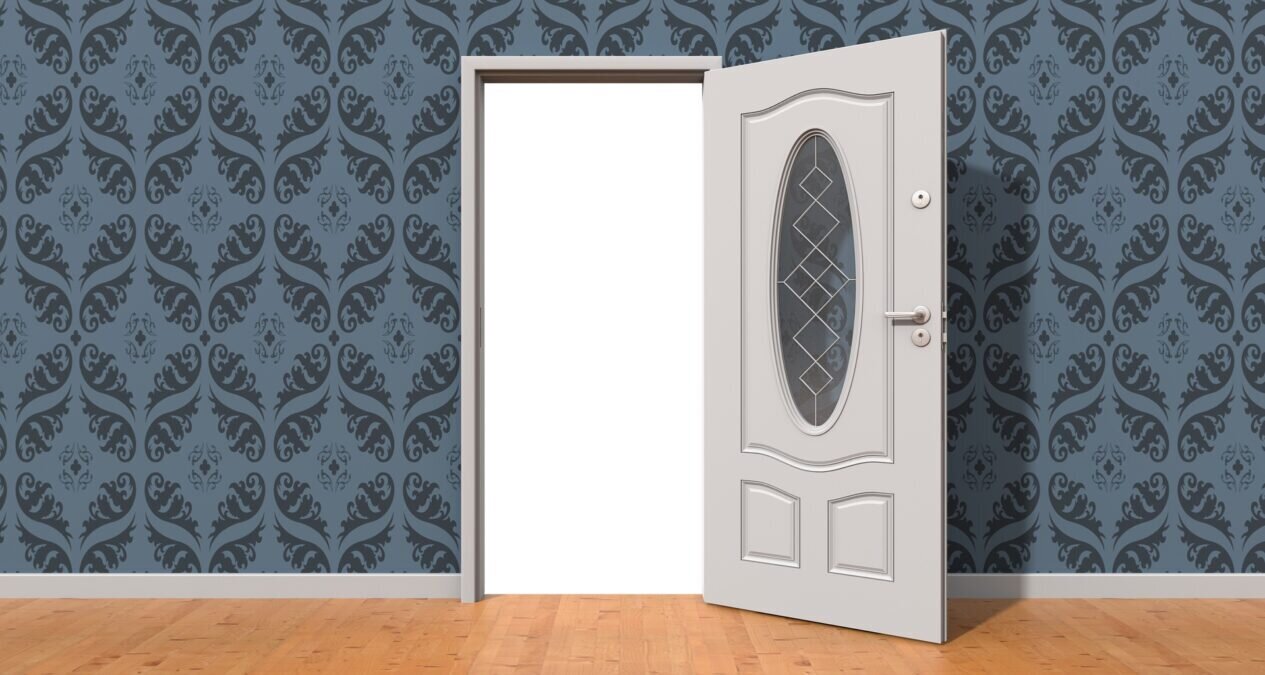
Keeping your industrial printing kit up to date is crucial if you are to remain ahead of your competition. Rob Fletcher speaks with two leading manufacturers about the importance of new investment and learns about their latest offerings.
Such is the level of competition for work in the modern market that print service providers (PSPs) need to ensure they are working with high quality kit if they are to keep hold of valued customers and retain profitable contracts.
For those in the industrial print sector, this is especially true, with many companies vying for work and attempting to “out-do” each other to secure new customers. While lowering your prices may help in the short term, there is no replacement for delivery high quality work to customers to ensure repeat business.
Here, two of the leading names in industrial print technology outline the importance of new investment and shed light on some of their latest developments in this market.
Keeping up with the market
One high regarded manufacturer in this area, and also a Gold Sponsor of the FESPA Global Print Expo 2023, is Brother. Folker Stachetzki, head of marketing at Brother, said that due to the amount of change in the marker in recent years – particularly the digital sector – it is key for PSPs to consider upgrading their kit to ensure they are accessing the benefits of the latest technology.
“A lot has changed in recent years,” Stachetzki said. “Not only the quality and speed of the machines have improved, but also the sustainability and especially the new possibilities of automation and direct connection to the internet.
Wallpaper could be big business for industrial printers moving forward

“All of the above is, in itself, a cost or time saving for any production. So, if you want to remain profitable, then you should certainly consider where you can modernise your equipment.”
For those hesitant against spending money on new technology or upgrading existing kit, Stachetzki said he understands money may be tight amid the ongoing financial issues that continue to impact the industry, but underinvestment could lead to longer-term issues for PSPs.
“Especially in an industry where new innovations come onto the market so quickly, you risk losing touch with the competition,” Stachetzki said. “Whether it’s because you are left behind in terms of quality, because you’re losing profitability or because you can’t produce in a sustainable way, what is requested more and more by the customer.”
For those looking to invest, there is certainly no shortage of options at Brother, with the manufacturer having launched three new direct-to-garment printers in the past three years, covering all business models.
“Thanks to our close contact with the producers and our own development departments, we have always been at the cutting edge of technology,” Stachetzki said. “Our experts are constantly working to develop new, user-friendly solutions that the market needs. Be sure – it won’t be long before something new comes from us.”
Picking out one of the latest offerings from Brother, the GTX-600 was built for industrial-level production, capable of processing mass volumes of printed garments in what Brother described as high-quality output.
Stand-out features on the GTX-600 include a bulk ink system, built-in humidifier, white ink recirculation and four industrial printheads, all based on a steel frame and platen screw drive.
“Processing mass volumes of printed garments requires equipment that can meet the dual challenges of high-quality design reproduction and industrial level activity,” Brother said. “For this purpose, we want to introduce the GTX600 to you, the newest GTX ensures a smooth, highly professional and unique workflow with its many advantages and should therefore be the new member of your company.”
Targeting the right sectors
Another leading name in industrial print, and a Platinum Sponsor for the FESPA Global Print Expo 2023, is Durst. The manufacturer’s machines are being used to print applications in a whole range of markets, but one area in particular that has stood out in recent times is wallpaper.
Durst works with a number of customers in this area including Graham and Brown, a UK company that specialises in wallpaper and other interior décor products. The challenge for Graham and Brown was that as it wanted to offer unique wallpaper for its e-commerce site, the company required shorter run lengths, leading it to look at digital print options on an industrial scale.
“Our e-commerce solution has expanded quite rapidly, and we needed to find a machine that would create run lengths in between the high volumes of conventional printing, and the low volumes that we were experiencing on our current digital machines,” said Sam Dobson, operations director at Graham and Brown. “So, we were looking for anything up to about 500 rolls in terms of run length.”
One of the main drivers in Graham and Brown going digital was to reduce its stockholding and be more print-on-demand, helping to create space within its warehouse. This led to investment Durst Alpha technology from Durst.
“The increased speeds, the increased meterage that the Durst gives us along with the good quality, gives a benefit of offering murals as well as wallpaper and it really is the extended output that the Durst gives us with the possibility of moving into running seven days a week, 365 days a year, so the potential is enormous,” Graham and Brown operations manager Brian Sharples said.
“I think digital will eventually become the one and only solution for wallpaper. I do think at the moment there is room for both. It’s really about print-on-demand, reducing print run-lengths and giving a more bespoke offering to our customers. That is why I feel that the Durst is giving us that opportunity to pull away from the more stringent run lengths of conventional.”
Dobson added: “We’ve had the printer installed now for probably about three or four months and it’s an absolute game-changer for us. It’s really fitted that gap that we had. It’s running absolutely perfectly, and this is where we see the future of printing for Graham and Brown – a definite move over to more volume digital printing.”
This example perfectly demonstrates the impact that investment in new, industrial-grade print technology can have on a business. While it may require careful planning to ensure you can afford to buy and that you are purchasing the right sort of kit, get this decision right and you will likely be reaping the benefits for years to come.